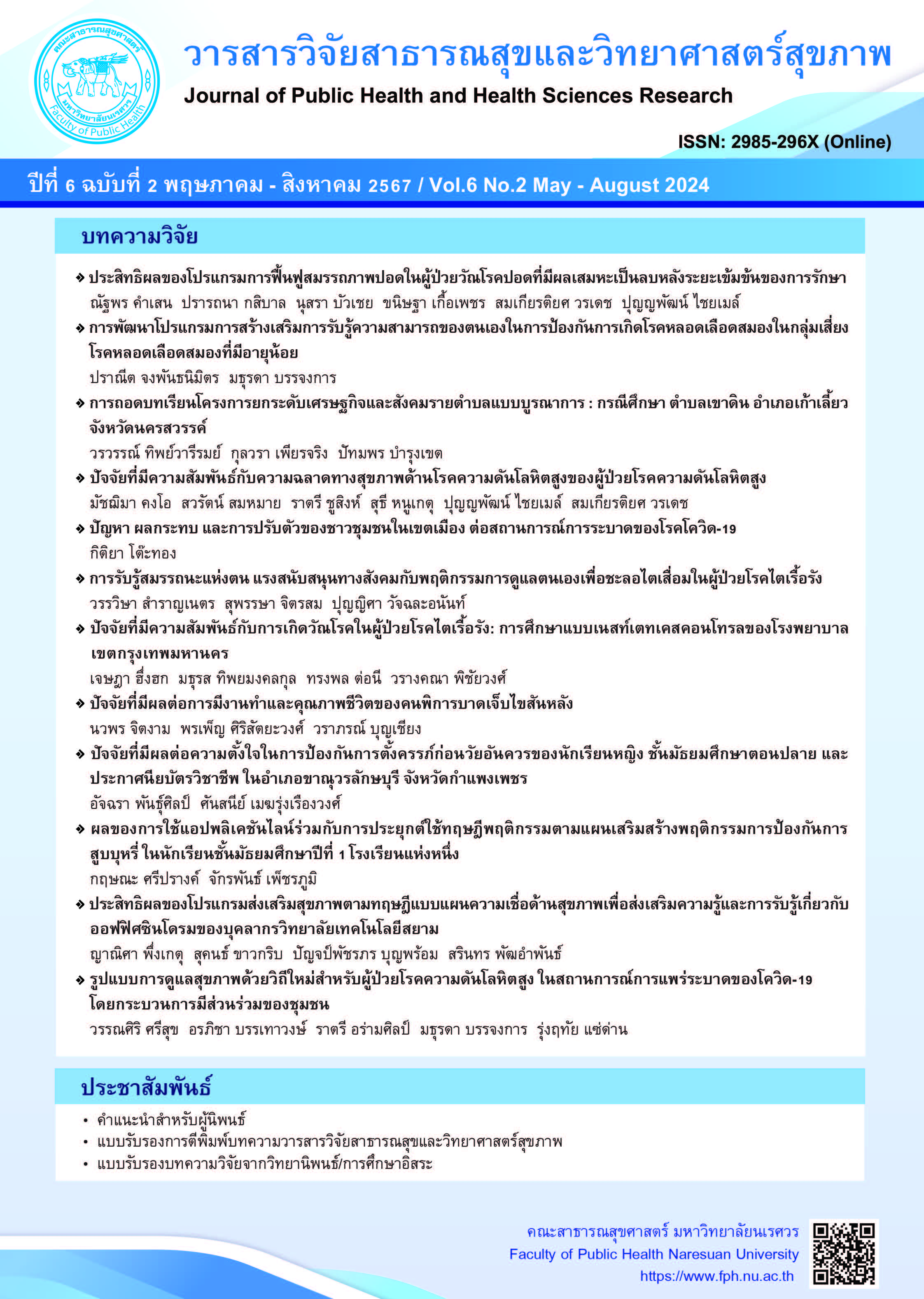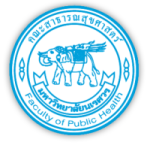The lessons learned from the integrated sub-district economic and social enhancement project: A case study of Kaodin Sub-district, Kao Liao District, Nakhon Sawan Province
Keywords:
Lesson learn, Qualitative research, Project evaluationAbstract
This qualitative study aimed to explore the lessons learned from the university's collaboration with the community in the sub-district. Data were collected through 3 focus group discussions involving stakeholders, which included: 1) the project manager, 2) employees, and 3) community members who participated in the project, a total of 15 participants. Data were collected during February 2023. The instruments were semi-structured interviews and field notes. Data were analyzed by using the content analysis. The results revealed that the lessons learned from the project can be categorized into six themes: 1) the process of working, 2) the project's outputs, 3) key success factors, 4) challenges and obstacles, 5) recommendations, and 6) the project's impact. The specific findings can be summarized as follows: 1) the process of working encompasses human resources in the community, community involvement, budget allocation, and project
management, 2) the project's outputs included product development and the improvement of local tourist attractions in the community, 3) key success factors were included the capability of project manager, well-designed activities, and the collaboration between the university and the community, 4) challenges and obstacles comprised time constraints, the impact of the COVID-19 pandemic, high turnover rates of employees, and instability in the data recording system, 5) recommendations indicated that the project needs to clarify the workflow and integrating knowledge, and 6) the project's impact involved generating income opportunities for the unemployed, knowledge acquisition through training programs, and enhanced job skills. These findings can be valuable for improving economic planning and promoting social development in future projects by encouraging the importance of collaboration between universities and sub-district levels.
References
Chaiphibalsarisdi, P. (2008). Quality of nursing administration. Bangkok: V Print. (in Thai)
Community Development Office Kao Liao District Nakhon Sawan Province. (2018) Sub-district information model for quality of life development, Khao Din Subdistrict, Kao Liao District Nakhon Sawan Province. Retrieved December 12, 2023, from https://www.kaodin.go.th/condition.php (in Thai)
Danyuthasilpe, C. (2017). Community health nursing process: Concept and nursing practice. Phitsanulok: Trakoonthai printing house limited partnership. (in Thai)
Elo, S. & Kyngas, H. (2008). The qualitative content analysis process. Journal of Advanced Nursing, 62(1), 107-115.
Guba, E. G., & Lincoln, Y. S. (1989). Fourth generation evaluation. Newbury Park, CA: Sage.
Health System Information and Knowledge Archive, Health Systems Research Institute. (2022). Social returns on investment from employment innovation initiatives to enhance community capacity to provide well-being support amidst emerging health-related incidences. Retrieved August 12, 2023, from https://kb.hsri.or.th/dspace/handle/11228/5776?locale-attribute=th (in Thai)
Kao Liao Agricultural Extension office. (2023). General information about Kao Liao District. Retrieved December 12, 2023, from http://kaoliao.nakhonsawan.doae.go.th/kaoliao/ (in Thai)
Leong, W., Teng, S., How, B., Ngan, S., Lam, H., Tan, C., (2019). Adaptive Analytical Adaptive analytical approach to learn and green operations. Journal of Cleaner Production. 235. (in Thai)
Nantabut, K. (1999). A framework for study and lessons learned from community practice. Nonthaburi: TQP. (in Thai)
Office of the National Higher Education, Science Research and Innovation Policy Council. (2022). Get to know the U2T project, University to the sub-district, creating jobs and generating income for the community. Retrieved August 12, 2023, from https://www.nxpo.or.th/th/8089/ (in Thai)
Porter, M. E., & Advantage, C. (1985). Creating and sustaining superior performance. Competitive advantage,167, 167-206.
Rueangram, S., Piyasiripan, N., & Mangkornpradi, K. (2023). Lessons learned of integrated Sub-district economic and social upgrading project: University to local area, Don Thong Sub-district, Muang District, Phitsanulok Province. Journal of Nursing and Health Sciences, 17(1), 1-17. (in Thai)
Sriyannalak, N. (2009). Nursing administration. Bangkok: Thana Press. (in Thai)
Tanterdtid, D. & Yensumran, S. (2023). Lesson learned on base economy and society driving project after the COVID-19 pandemic with BCG economy in Thailand (U2T FOR BCG). NRRU Community Research Journal, 17(1), 26-39. (in Thai)
Downloads
Published
How to Cite
Issue
Section
License
Copyright (c) 2024 Journal of Public Health and Health Sciences Research

This work is licensed under a Creative Commons Attribution-NonCommercial-NoDerivatives 4.0 International License.
The published article is copyrighted by the Journal of Public Health and Health Sciences Research.
The statements that appear in each article in this academic and research journal are the personal opinions of each author and are not related to Naresuan University and other faculty members in the university. Responsibilities regarding each article are the responsibility of each author.






